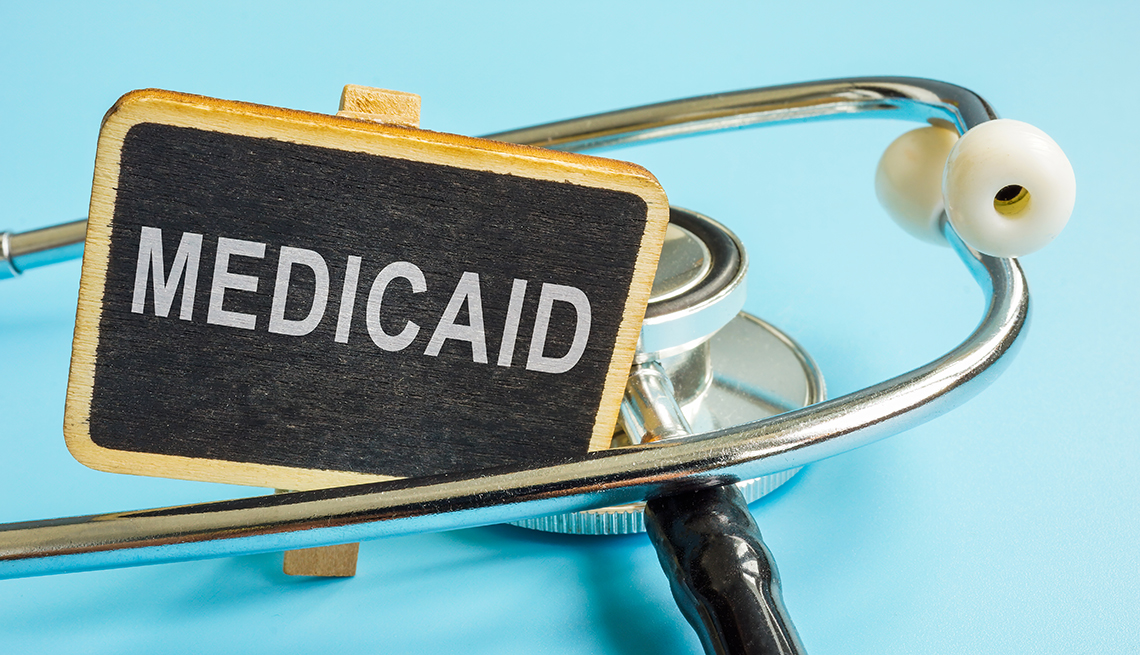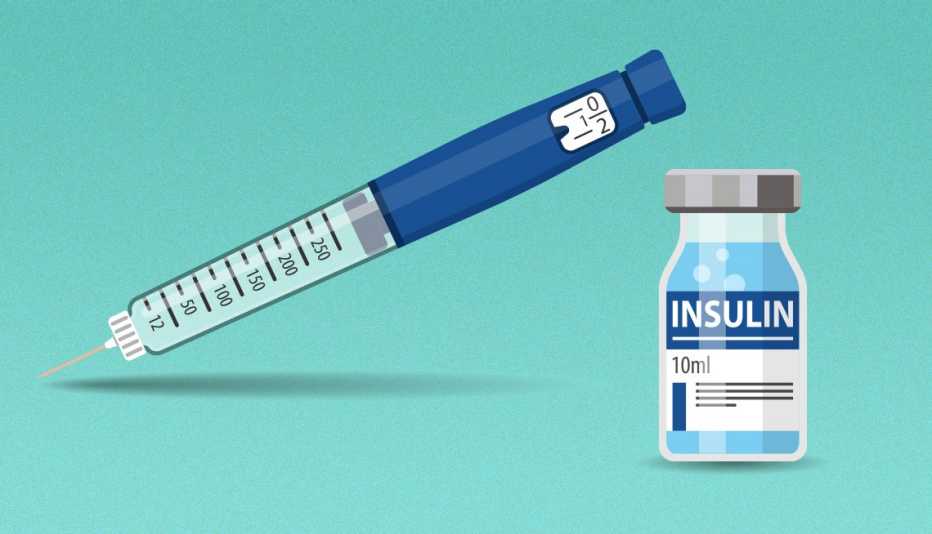Staying Fit
States around the country are beginning the process of removing an estimated 15 million Americans from Medicaid, the federal-state health insurance program for people with low incomes, as the pandemic-era moratorium on the annual review of enrollees’ eligibility for coverage comes to an end.
Whether you are eligible for Medicaid depends on such factors as your annual income and in some states what your assets are, such as savings or homes other than your primary residence. Before March 2020, Medicaid recipients typically had to fill out forms annually showing that they still qualified for the program. For the past three years, however, enrollees did not have to be recertified each year. The suspension of that requirement was part of the first coronavirus relief law that passed as unemployment soared and millions of Americans lost health benefits even as they were in danger of getting COVID-19.


AARP Membership— $12 for your first year when you sign up for Automatic Renewal
Get instant access to members-only products and hundreds of discounts, a free second membership, and a subscription to AARP the Magazine.
As part of a law enacted in December 2022, Medicaid is going back to its pre-pandemic rules. Starting April 1, Americans again have to demonstrate annually that they still qualify. Because each state administers its own Medicaid program, there is no one-size-fits-all way this process will work, but there are steps to take to prepare and options to pursue if you do lose Medicaid coverage.
"The good news is there are things you can do now to prepare and lower your risk for losing Medicaid coverage," says Dan Tsai, director of the Center for Medicaid and CHIP (Children's Health Insurance Program) Services. "We are committed to making sure that everyone stays covered during this process. Please contact your state Medicaid agency with any questions."
Here’s what you need to know about the changes affecting Medicaid eligibility:
- Every state is supposed to send letters to all its Medicaid beneficiaries. They will let them know how they can renew their coverage or if the state believes they no longer qualify for the program. When you get that letter will depend where you live. For example, five states — Arizona, Arkansas, Idaho, New Hampshire and South Dakota — have already started to determine who will be dropped from the Medicaid rolls and their letters have already started to go out. States have until June 2024 to complete this process.







































































